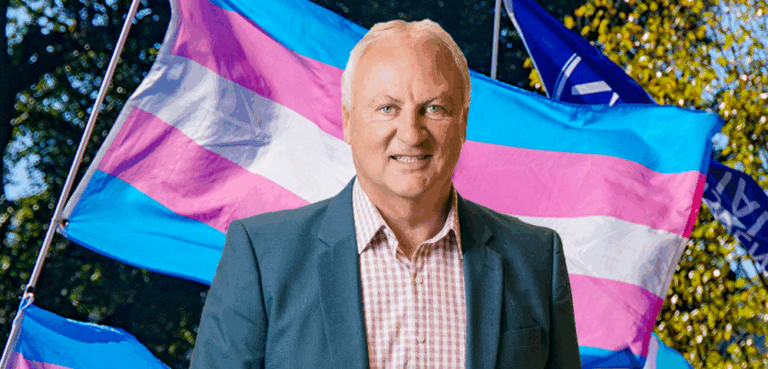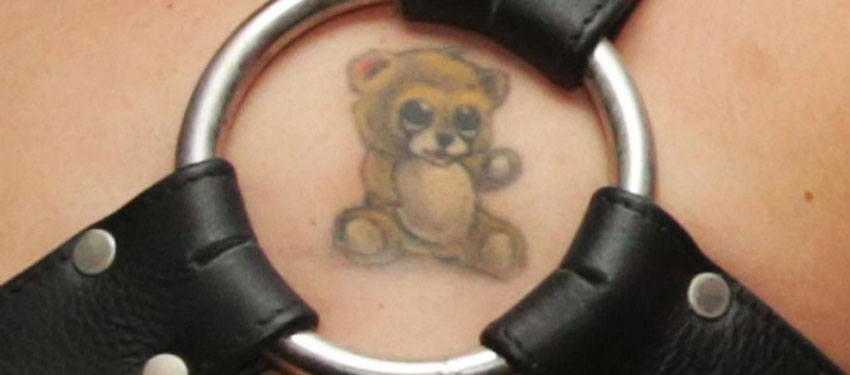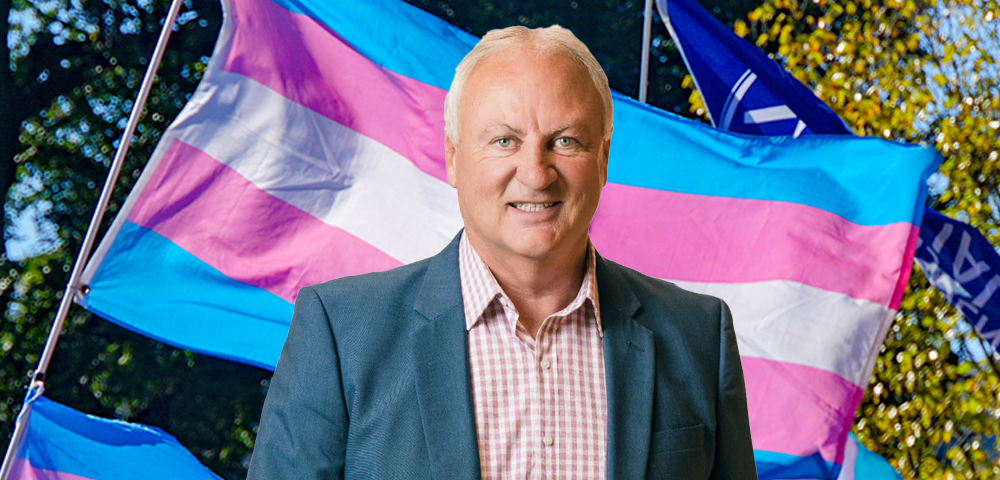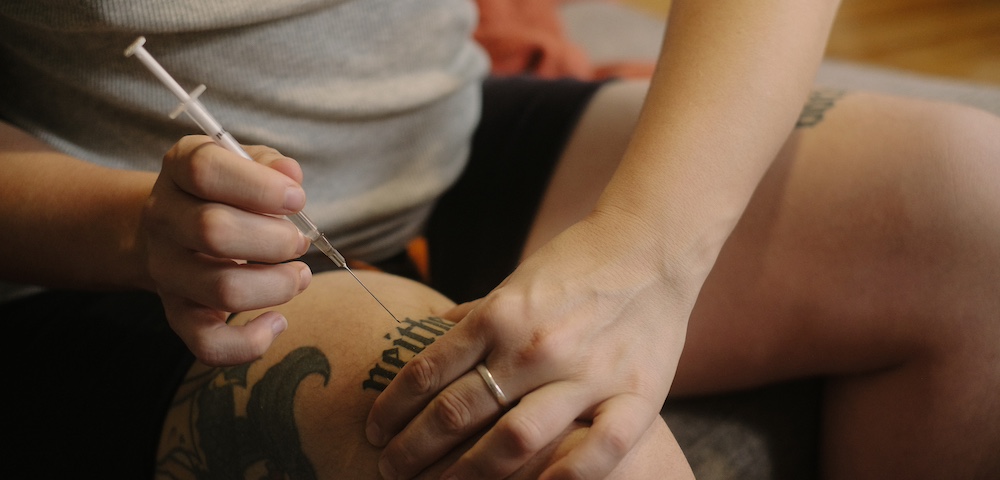
Bears more likely to have lower self-esteem: study

MEN in the bear community experience lower physical health, lower self-esteem, and engage in higher-risk sexual practices than other gay men, new research has revealed.
A research paper in the Clinical Journal of Nursing focusing on the physical, psychosocial, and social health of men who identify as bears was undertaken by academics at the University of Miami.
The paper reviewed eleven research studies that focused on bear subculture in America and identified some of the main issues facing the men in that community.
It found that men who identify as bears are typically hirsute and husky, and have a higher body mass index (BMI) than other men in the gay community.
“Despite the health risks that are associated with increased BMI, the promotion of certain physical appearance that includes a higher BMI is important for men who identify as bears,” the paper reads.
“It helps them to recognise one another, strengthen communal bonds, and promote a gay identity that is masculine, sexual, and mature.”
As a result of the pressures around body image that are prevalent in the gay community, the paper also suggested that bears often find it hard to grow up and assimilate into society.
The academics attribute this to a lack of available role models for younger men who are struggling with both sexual orientation and body image issues.
“Before discovering the bear community, members have described harassment and discrimination from both heterosexuals and homosexuals throughout their lifespan based on weight, which led to lower self-esteem,” the paper reads.
“Perpetuating this perception of low self-esteem is the stereotypical image of a gay man who is usually young, slim, and smooth-skinned, an image which many men who identify as bears do not fit.”
The paper also revealed that bears engage in more diverse sexual acts than their counterparts in other groups within the community. These include higher-risk sex practices such as unprotected anal sex, fisting, asphyxiation, voyeurism, and exhibitionism.
While this engagement may increase the risk of STIs or HIV infection, the study suggested that bears get tested more often because they are engaging in unprotected sex at higher rates than other groups.
The paper also highlighted the importance of the community and its positive impact on those who are a part of it.
“Bear communities are pivotal for some members, offering a sanctuary for these men as a buffer against discrimination and a sense of belonging that was perceived as lacking in the mainstream gay community,” it reads.
Given the little research that exists on the bear community, the paper only focused on a smaller sample of studies, and ones that looked exclusively at the bear community in the United States.
The studies that were looked at in the paper will help to provide a framework for beginning to understand the unique health of men who identify as bears.
The paper suggests that the health care needs of bears should be addressed.
“Previous studies indicated that when health care providers interacted with men who identified as bears, the weight-loss advice espoused by healthcare providers did not specifically address the needs of men who identify as bears,” it reads.
“And besides weight, other healthcare needs should be addressed.
“Primary healthcare providers should assess the sexual habits of all patients and offer safer-sex education depending on the needs of each client.”
The paper was researched and written by PhD in nursing student Narciso Quidley-Rodriguez and Associate Professor Joseph P. De Santis.











The Bear subculture is based on toxic masculinity and victim mentality.
We’re now living in an era were all forms of exclusion and discrimination are being challenged and it’s about time a discussion started on whether identity sub-cultures which are specifically based on physical characteristics like the Bears actually are relevant and have any place within modern LGBTI culture.